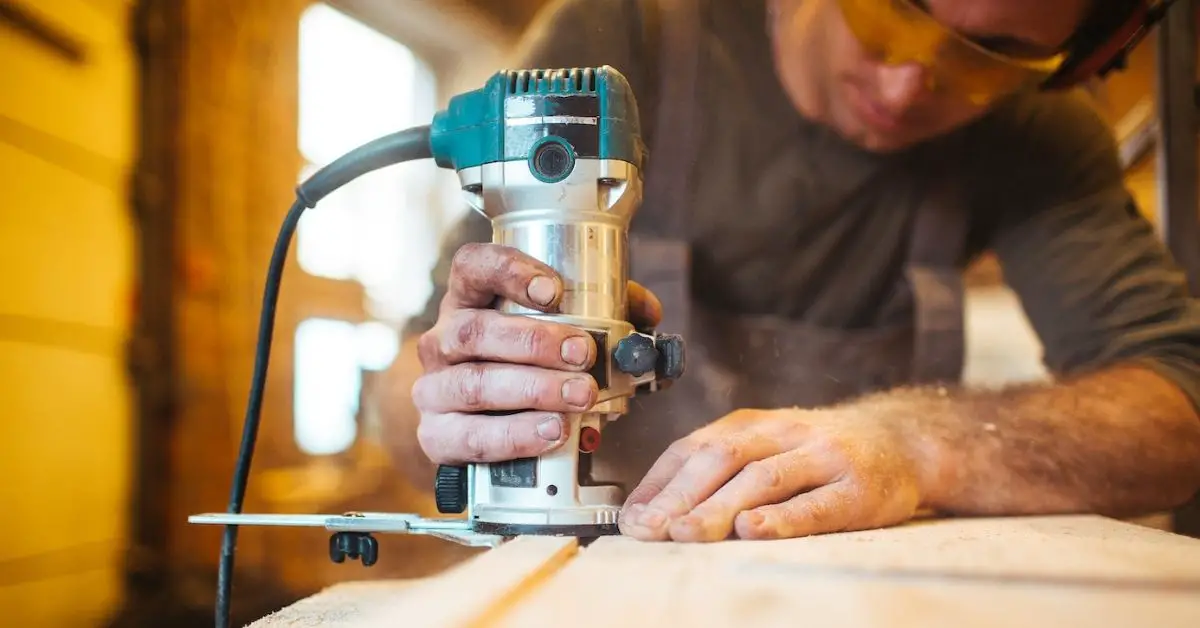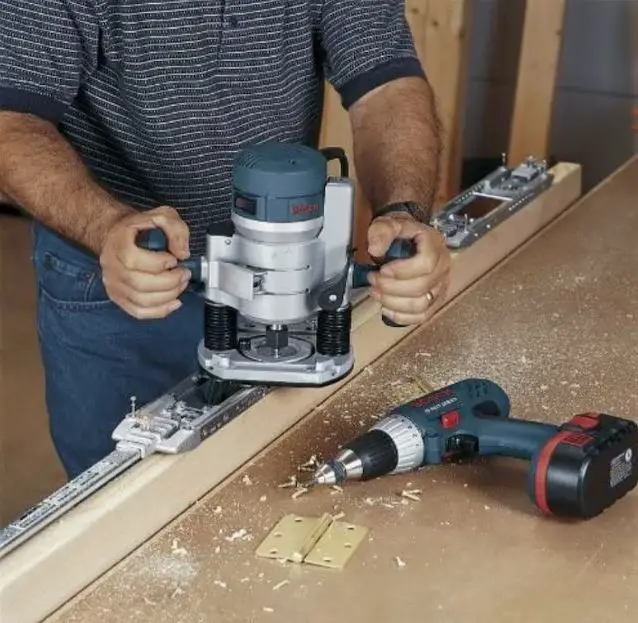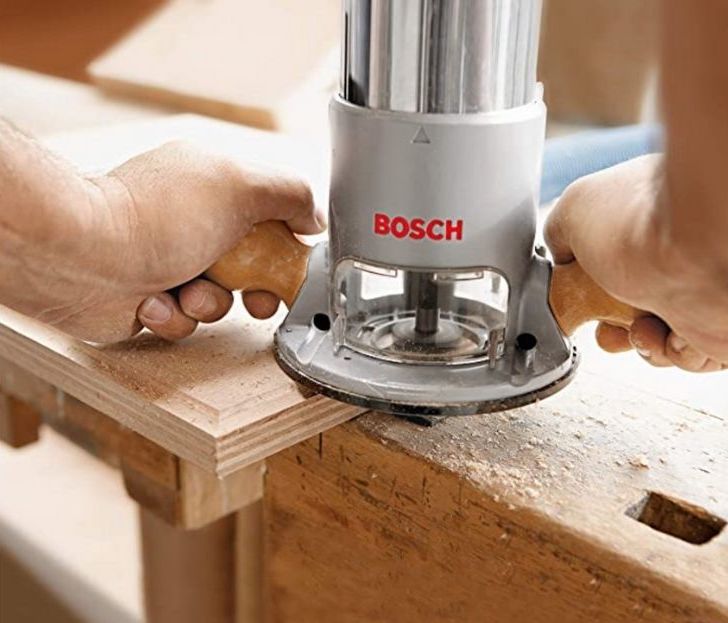Woodworking
Best Wood Router for Beginners
As a novice woodworker, it is necessary to take some time and determine the most suitable wood router. Of course, you will do this by first weighing in the essential variables, considering your skill level. A wood router is among the most important power tools you'll require as a woodworker.
Given that you are looking to work with wood only, the most suitable router will be user-friendly and feature a potent motor able to deliver 8000 RPM or more.
Though since you're a beginner, there is not much to consider because you don’t really need a wide range of functions and capabilities from the machine. Nonetheless, we have done a lot of research and compiled this guide that features the best wood router for beginners and the features you should consider (and if you want to save some extra bucks, you can always check our wood router Black Friday deals).
Let’s get started!
Wood Router Buying Guide for Beginners
Fixed vs Plunge Base
The first thing to check when buying a beginner's wood router is the base. There are typically two options; the plunge base and fixed base routers. You can choose between these two once you understand your needs, since, for instance, the fixed base router works around the top and edges of the wood only.
Alternatively, the plunge base comes in handy in creating vertical cuts. Then again, for a beginner, a fixed base router is a better option. You can effortlessly operate it around the surface’s edges, and the fixed base lets you make deep and shallow cuttings. The plunge base router might require a bit more research and information before mastering how to use it. Though it is easy to learn.
Adjustable speed
It is also advisable that beginners choose a wood router that features an adjustable speed motor. It is necessary to have increased power when utilizing a router. It hinders you from making mistakes and helps in making precise cuts through the surface.
A motor with adjustable speed runs at low and high speeds. It features a flip switch for speed regulation. It would be best to choose one with a minimum speed of 8000 RPM and an optimum speed of 15,000 RPM.
Edging tool
Many beginners may as well find it comfy to utilize a wood router with an edging tool. This kind of router has a narrow and flat piece of metal linked to its edge. You can place it on the wood's top surface when cutting and even the edging tool against the edge of the board.
It motions along the surface as you push it to develop a smoother finish. Moreover, it makes it swifter and easier to finish up on your project.
Ease of use
Convenience is among the most significant features a wood router could offer a beginner woodworker. As a novice, you need a power tool that's easy to use, instead of a complex machine that's hard to use, preferably one that you can use even with one hand.
Power
Typically, power is measured in HorsePower (HP). We all know that the only way wood routers can function adequately is if they have enough power. Nevertheless, you have to remember that the more power your wood router delivers, the heavier it is.
For this reason, you have to ask yourself the amount of power you require. The balance between weight and power decides the success of your tasks. This is why the most suitable wood router for beginners usually doesn’t feature the most power.
Nonetheless, if you are looking to utilize a table-mounted wood router, it would help if you could get one with as much power as possible.
Plunge depth
Some wood routers can allow their collets to plunge via their bases. This feature is valuable since it provides the ability to recover cut depth lost. Prevalently, this is only possible if your wood router is placed on a table (like a Kreg Router table) or if there's a template or guide bush.
Typically, this information is not written in the specifications listed by the manufacture. They simply tell you how far the power tool's body can move up and down the legs.
In summary, the minimum requirement for the most suitable router for newbies is that the collet comes into contact with the bench's top. As for the deeper plunges, they're just bonuses, and their shorter counterparts create problems while working.
Handles
Currently, there are only two handle types in the market; knobs and side levels. The side level handles offer you ample leverage, which is why they're typically integrated into heavy-duty power tools.
However, it would be best that a beginner's tool not have additional features such as switches, plunge locks, and so on. This is because they don’t completely understand these functions, which is why the knob handles are more suitable. They're dedicatedly added for comfort; thus, you'll have an easier time using the tool.
Best Wood Router for Beginners
Bosch 1617EVSPK
After researching and testing multiple tools, we found that this Bosch wood router is the best one for beginners. This is because it is incredibly user-friendly, durable, and affordable. Also, it can effortlessly perform various woodworking tasks.
This power tool delivers 2.25 HP power which is more than enough power to handle a wide variety of lightweight tasks. Besides, it has a maximum of 6-speed settings, which offers more control over your work.
On top of that, it is easy to use, and it has a long-lasting build. The rough aluminum build shields the motor allowing you to get the best from it.
In addition, it features one button for running it, which makes it the best option for beginners. Despite your skill level, the Bosch 1617ECSPK will definitely impress you.
Features
- Durable aluminum structure
- Versatile making it ideal for various applications like dovetail cutting, laminate, edge forming, and slot cutting.
- Easy to use
Winner Wood Router for Beginners: Bosch 1617ECSPK
Pros:
Cons:
Why Bosch 1617ECSPK is the Best for Beginners:
The Bosch 1617ECSPK is a durable and lightweight machine that’s quite powerful and easy to use, making it perfect for novices. Hopefully, this guide has been handy in helping you find the best wood router for beginners.








